Weekly Summary
This week was a deep-dive into modeling and illustrating software. I am comfortable around Photoshop and Illustrator, I did some 3D modeling with Softimage and Maya some time ago, but technical modeling in Fusion 360 requires a different approach. And a proper 3-button mouse.

Individual Assignments
Model (raster, vector, 2D, 3D, render, animate, simulate, ...) a possible final project, compress your images and videos, and post it on your class page.
Neil's comments
- "Meet the tools, figure out which one talks to you!"
- "I want to see expressive designs!"
Preface
At the on-site session on Saturday, Rico and Kai showed Fusion and FreeCAD, which was a much needed reminder and re-introduction to 3D Modeling. The last time I did serious 3D work was with Softimage and Maya 1.0 on a Silicon Graphics Indigo.
Instead of a possible final Project...
I don't have a clear enough visual image of the final project, instead of defining this now in Week 2, I will attempt to work (rush!) through as many different applications as SSTM allows for (Shallow & wide vs narrow & deep).
... towards the final Project's Ecosystem: Modular Test Tube Stand
The exact appearance of my final project is still evolving, so I decided to focus on a self-contained modeling project - that nevertheless connects to my broader bio-theme.
My object is a tube stand or tube rack, which is used in bio labs to temporary hold test tubes, while you work on the lab bench. Tubes are mostly plastic, they come in different sizes and shapes, my goal is to create a modular, reconfigurable tube stand for a variety of tube sizes. Variations on this have been done before.
Background
Tube stands or tube racks come in different shapes and different sizes, to accommodate the different types of tubes used in typical lab situations.
- 1.5ml Reaction (Eppendorf) Tube
- 0.5ml Reaction (Eppendorf) Tube
- 0.2ml PCR Tube
- 2ml Round Bottom Tube with screw top
- 10ml Falcon Tube 16 x 100mm
- 50ml Falcon Tube
A cube-based configurable tube rack
- End-cubes vs center-cubes
- Hinges! (Simulate & Animate)
- Larger Tubes need bottom support
Learning Strategy & Application Line-up
3D
- Autodesk Fusion 360 2.0.9719
- FreeCAD 0.18-16146
- OpenSCAD 2021.01
- Dassault xDesign
2D Vector
- Inkscape 1.0.2
- Adobe Illustrator 2021 25.1.0
2D Raster
- GIMP 2.10.22
- Adobe Photoshop 2021 22.1.1
- MacPaint 2.0
After the intro to 3d on Saturday, I set myself the time management goal of 3 hours for each 3D software and 15 minutes (of fame) for each 2d software. I did not include the time it took to install and activate the software. (I should next time.)
3D Vector
Autodesk Fusion 360
The first thing was to adjust the UI behaviour of Pan, Zoom Orbit in 3D space. There are some standard, Fusions let's you choose from: Fusion, Alias, Inventor, Solidworks and Tinkercad.

Saving in Fusion
Although I have a previous Education Account from Autodesk, the very central Save-to-Cloud feature did not work:
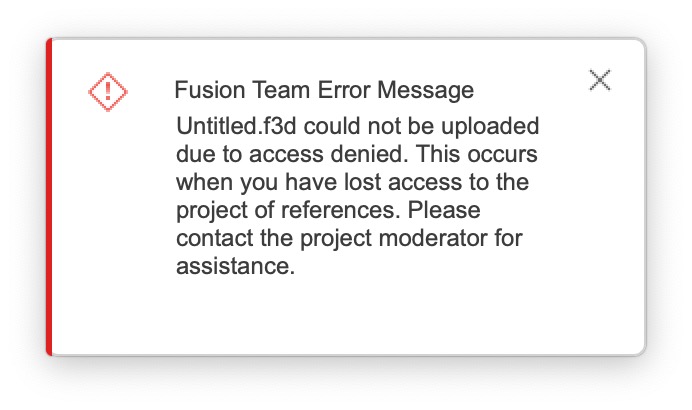
This is doubly annoying as there is no local 'Save' option in Fusion, the only way to keep modeling work, is to export it. Not really ideal. I am in touch with Autodesk support to sort this, after their initial respond went something like this: we can not support this, look in the discussion groups, maybe you find something.
Drawing

Repeating
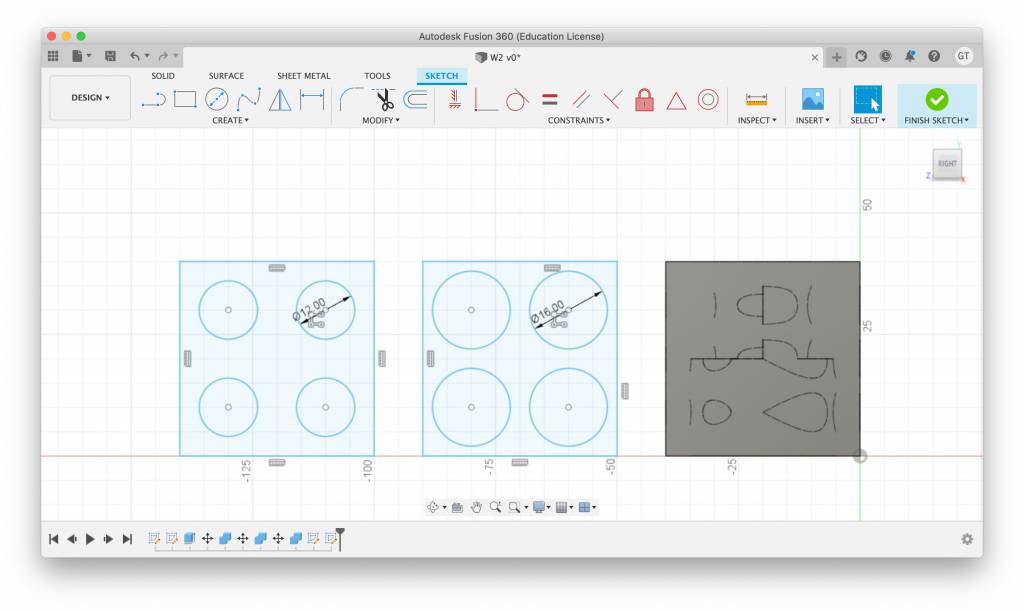
Extrusion
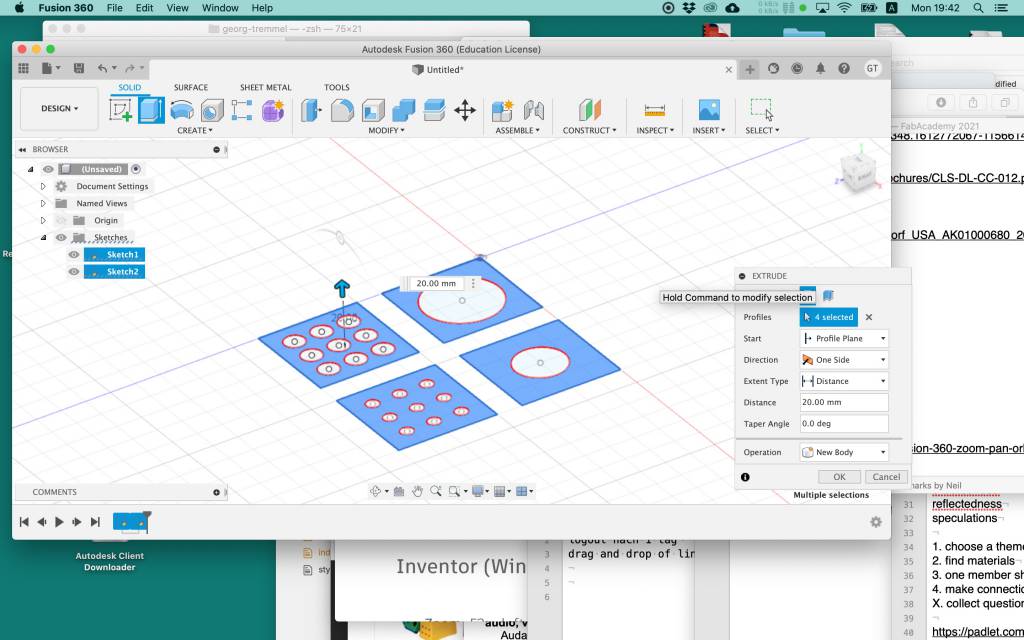
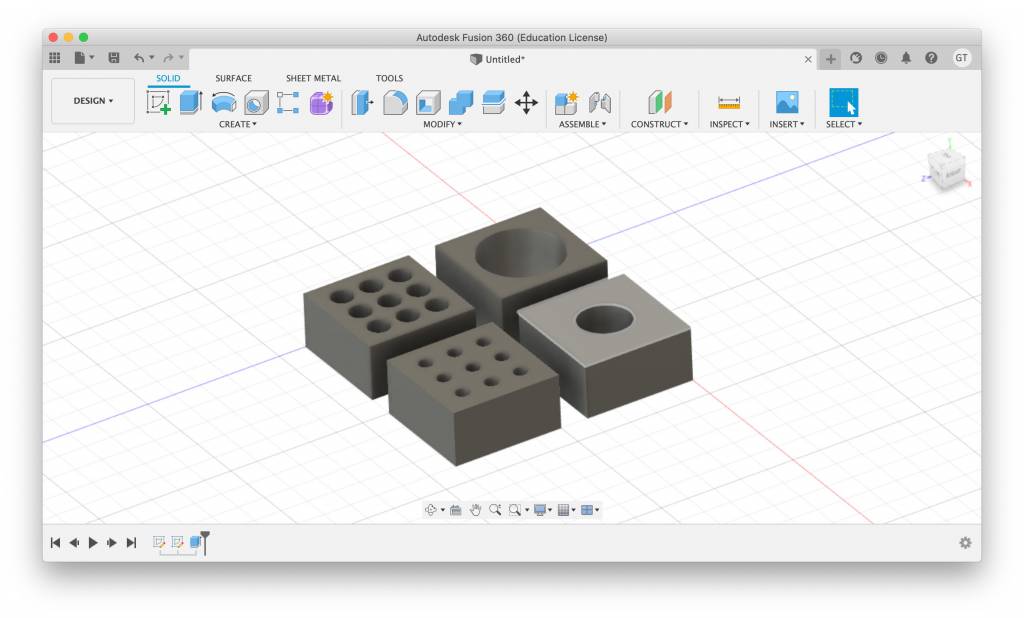
Assembling


Boolean Operation
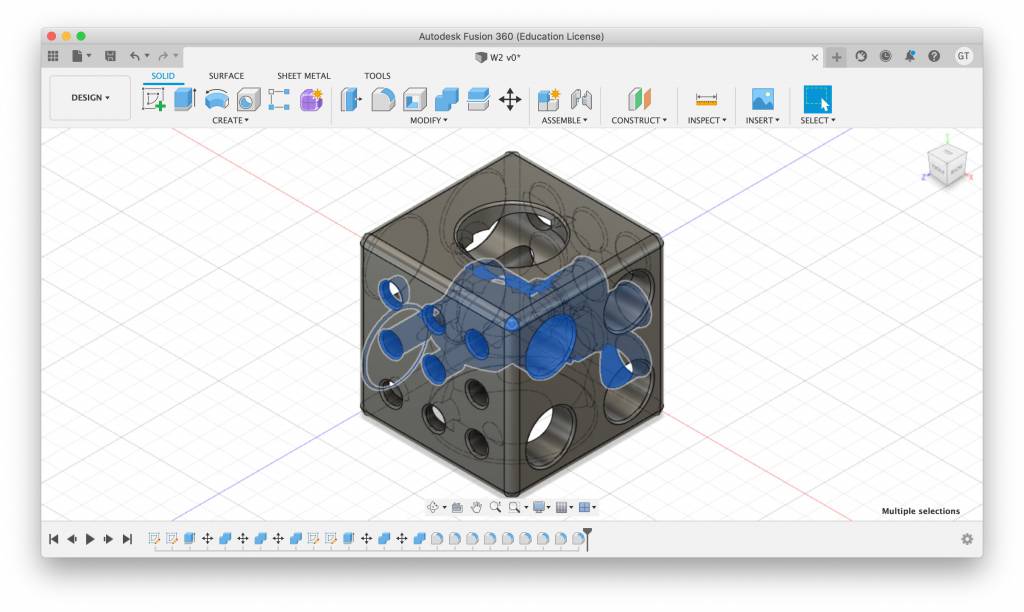
Another Save Error

One Hinge Demo

Renderings
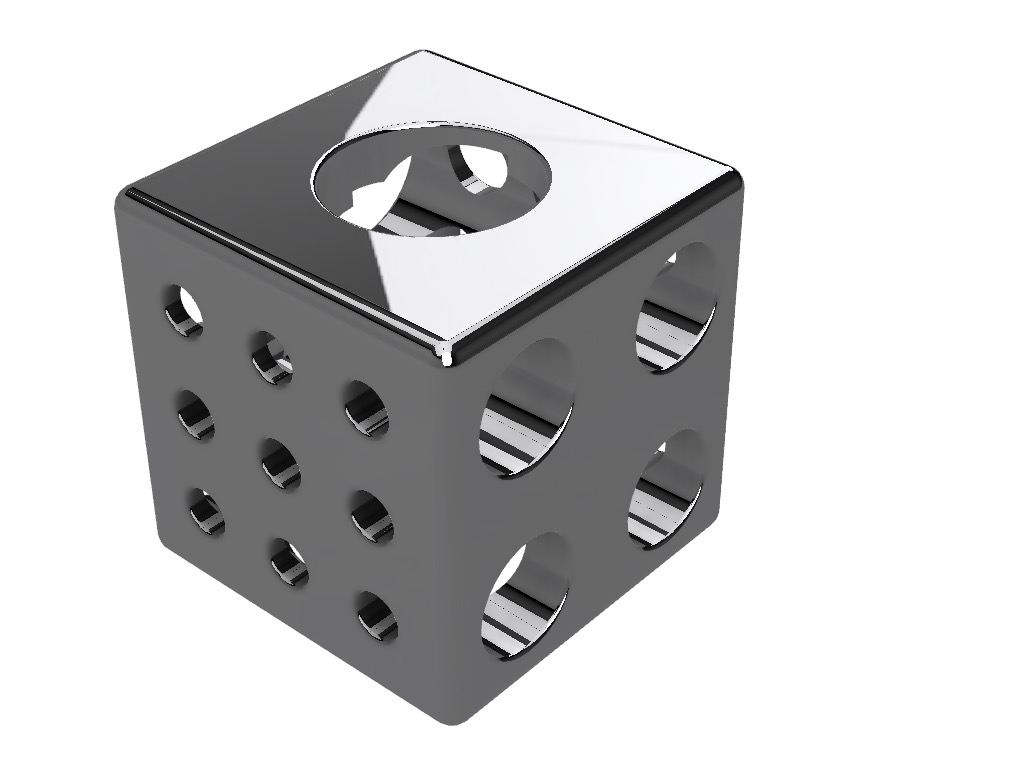


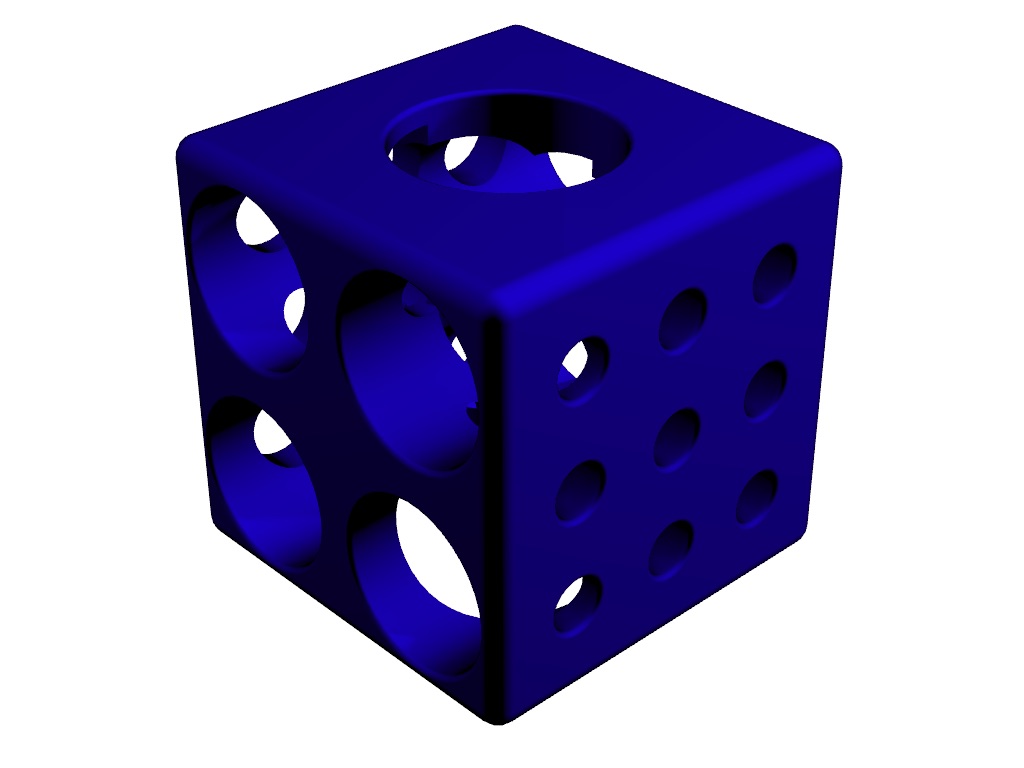
Animation
FreeCAD
After the slightly annoying Save issues with Fusion, I relished the open source nature of FreeCAD, only to be greeted with this:
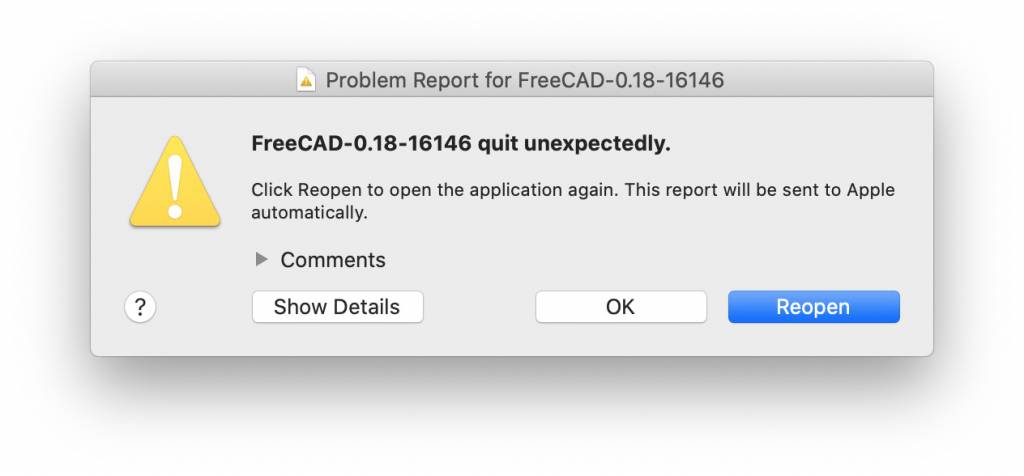
Ok, ok, FreeCAD, I don't change from Part to Part Design anymore, if you don't like it.
Navigation Hints for Trackpads
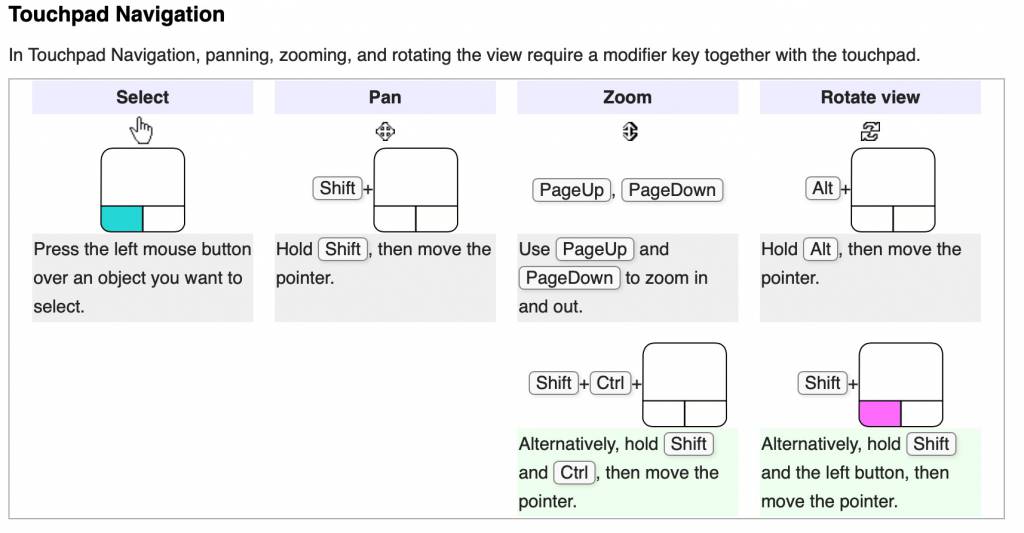
FreeCAD offers a range or navigations styles.
My plan was to do Extrusion around a drawing. Could not finish because of time limit.

Chamfering
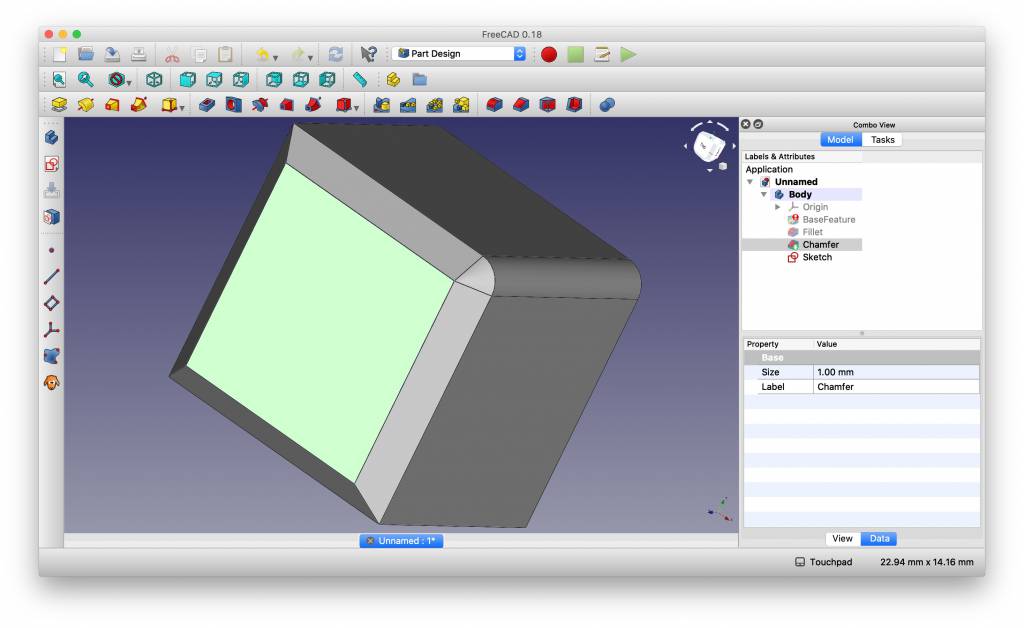
S-t-e-r-e-o-o (Maybe with shutter or red/green glasses?)
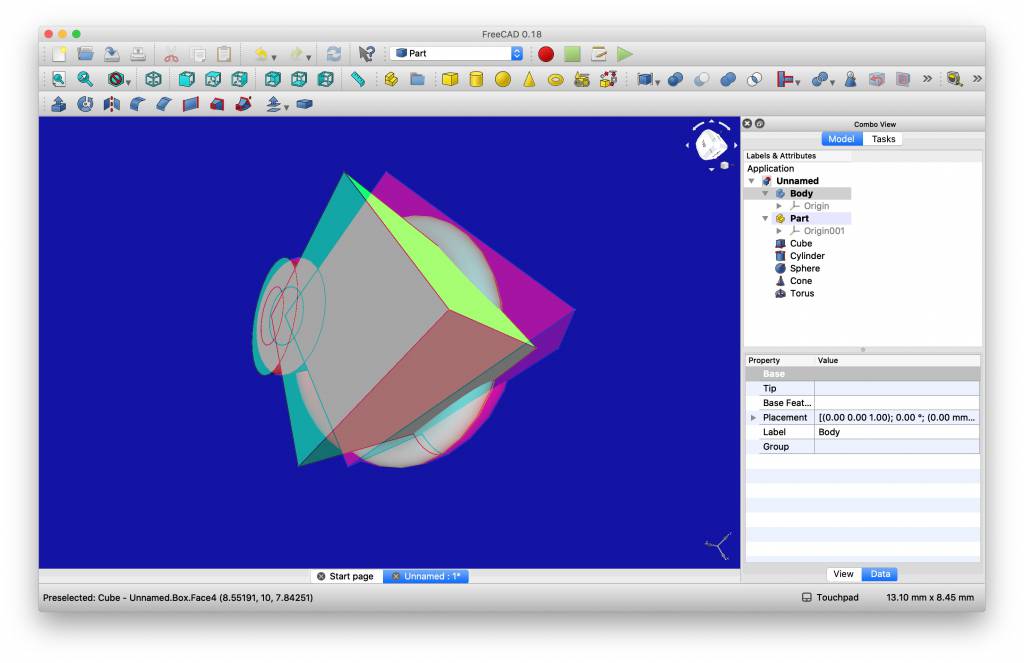
OpenSCAD
I came in contact with OpenSCAD before, during the BioHack Academy some years back, when we modified and printed the rotor for the BHA centrifuge. Good memories about changing values an re-rendering the model. I am coming more from the programming rather the modeling side.
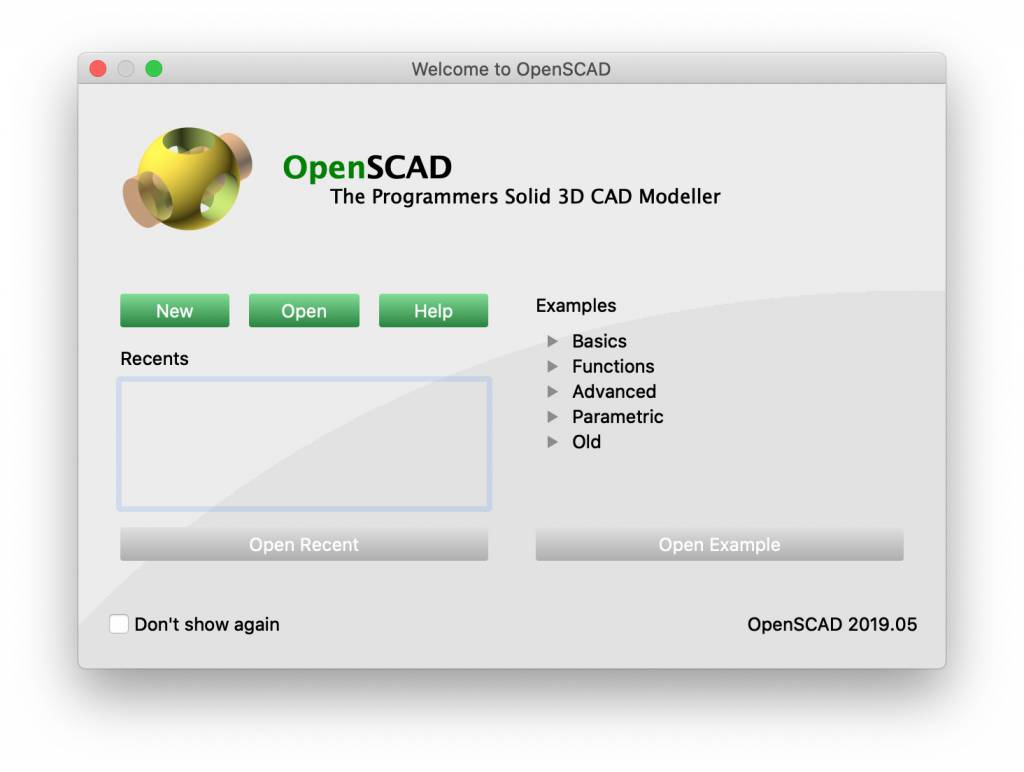
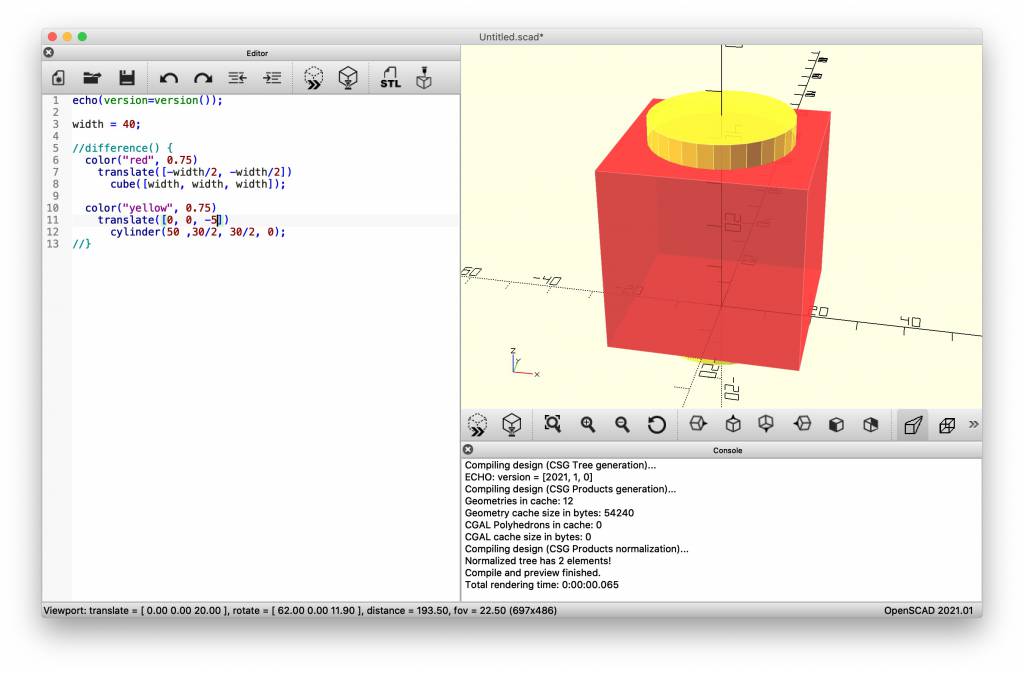

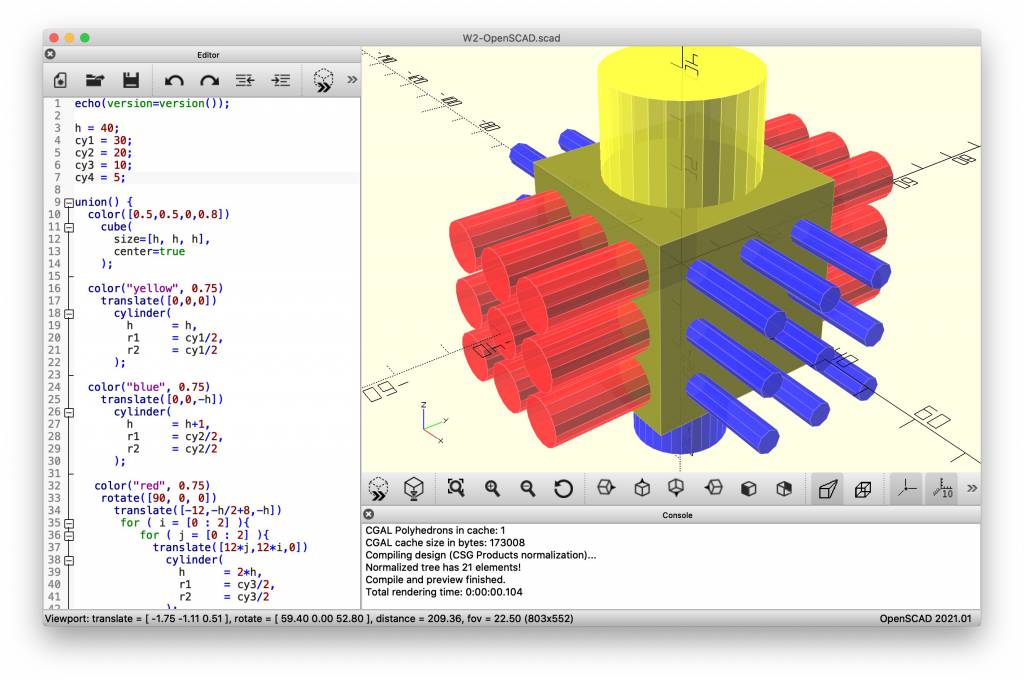


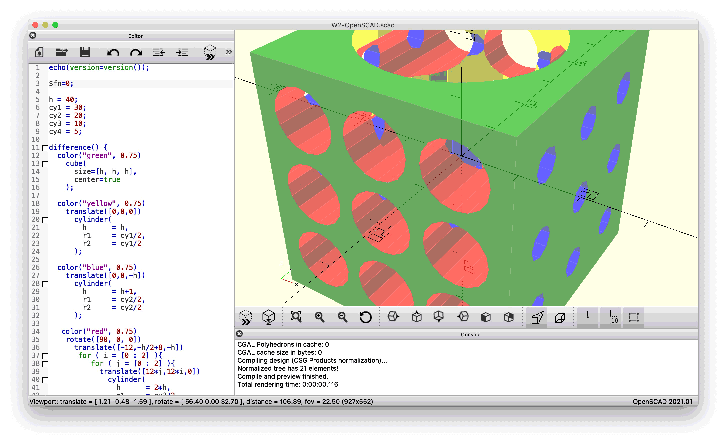
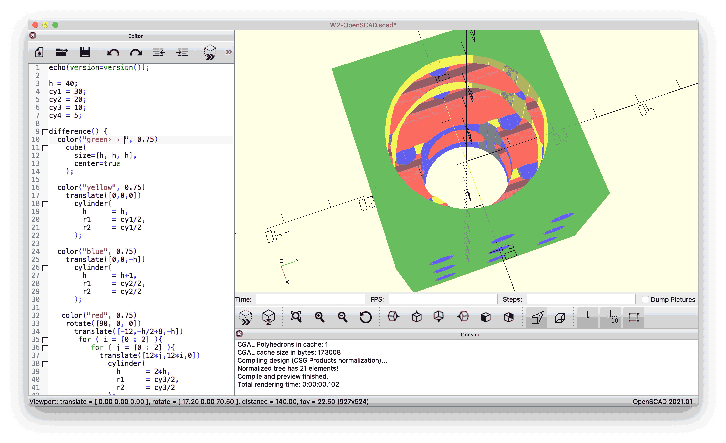
OpenSCAD is also integrated in FreeCAD.
OpenSCAD is great for clearly define-able object, not sure, how it will do with more complex one.
There are also offshoots and different implementations, that use a functional description to render object.
- OpenJSCAD in the browser with JS. Great, really wanted to have hot-reloading. Maybe with a local node server and Vue. Add to TODO.
- ImplicitCAD OpenSCAD in Haskell
- BRL-CAD This is an interesting one. Apparently one of the oldest code base in source control - and still in active development. BRL stand for Ballistic Research Laboratory, the software was produced for the US Army to design and simulate tanks, although it is open source now.
2D Vector
Inkscape
Inkscape is great for working with SVG - my past use uses were editing and creating SVGs for the web. I gave myself 15 minutes to get to know Inkscape.
Starting with an Empty Page
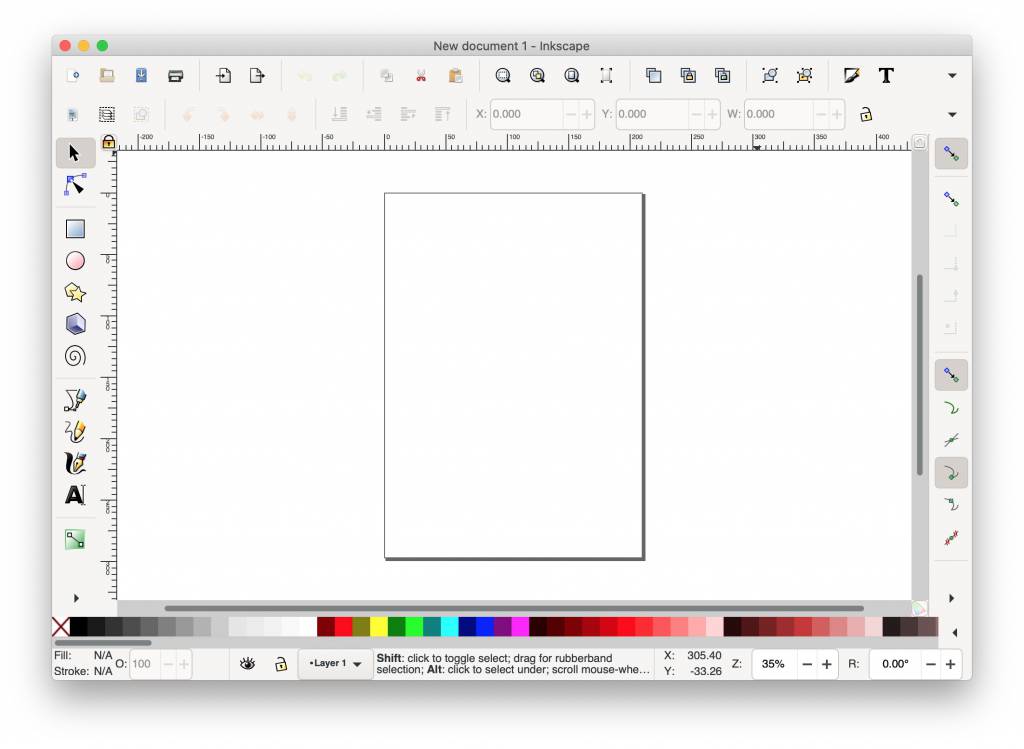
Custom File Save Dialogue. I understand, in the name of cross-platform compatibility many Apps use their own File Save Dialogues. Still feels a bit rough to not see the standard OSX Save Dialogue.
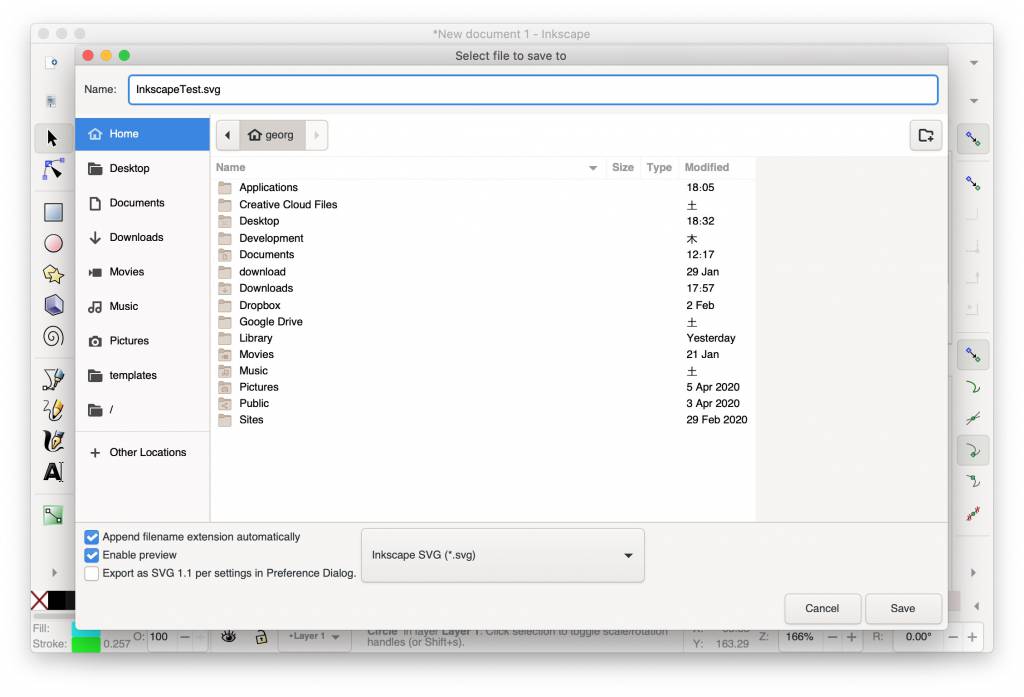
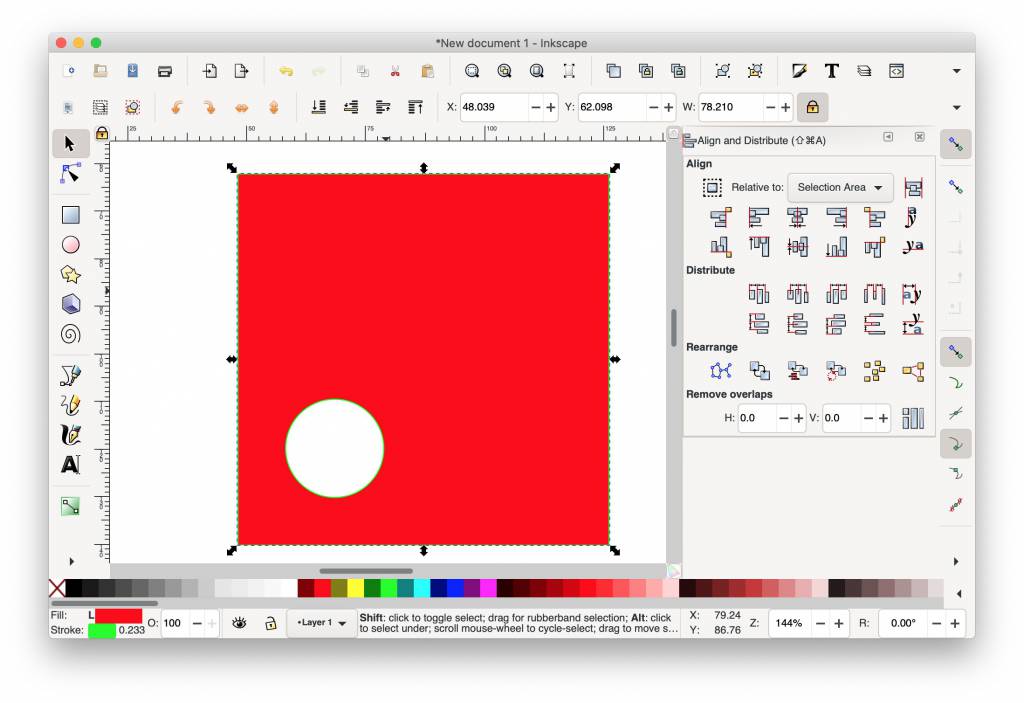

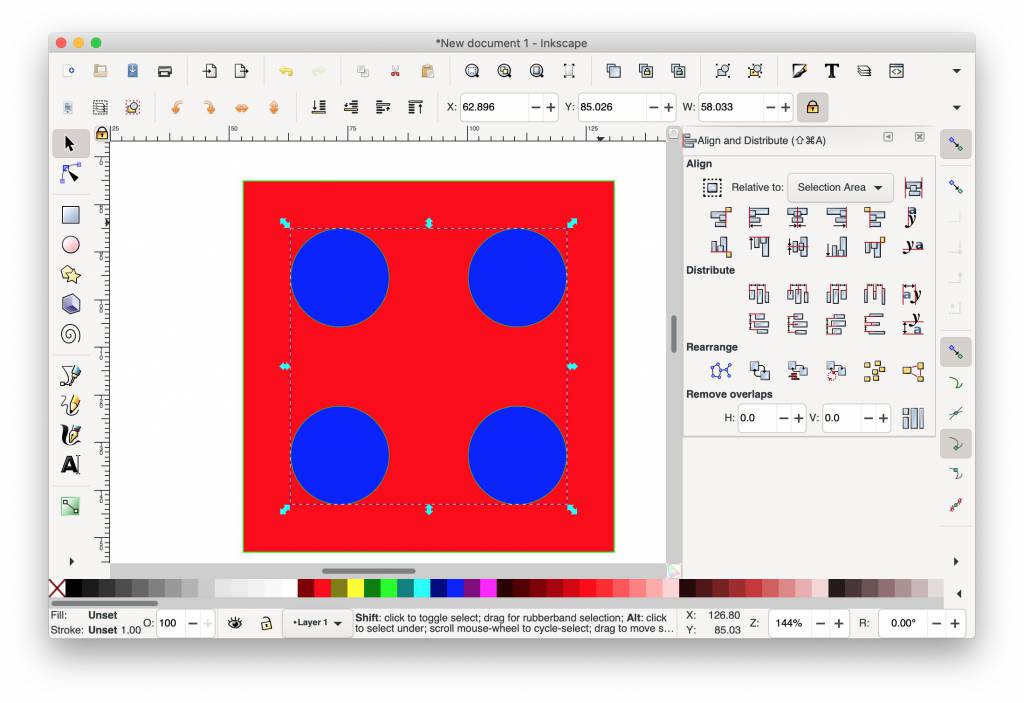
... and 15 are up. Triaging Inkscape.
Illustrator
Illustrator comes part of the Adobe Cloud Suite, I am working with it since some time, it feels naturally.
Starting with an Empty Page
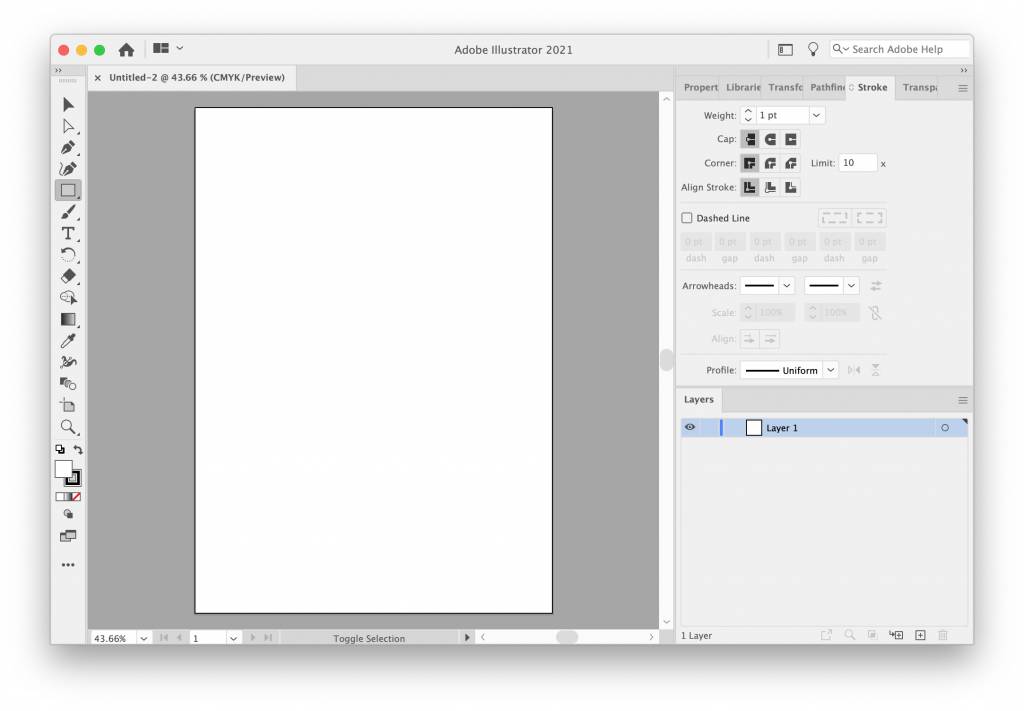

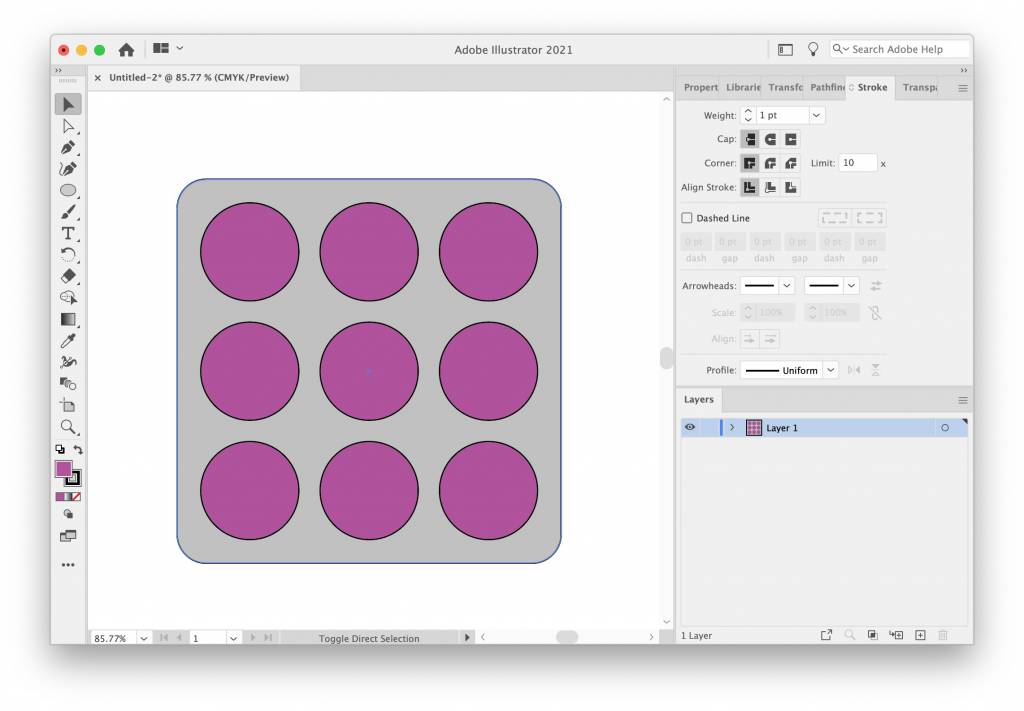
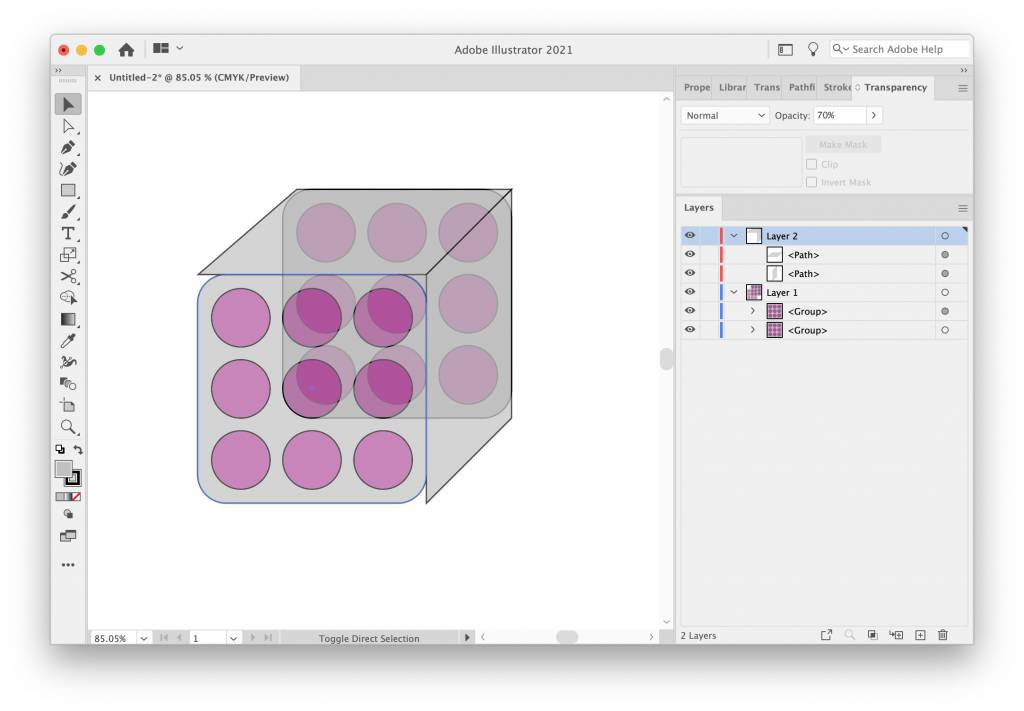
2D Raster
GIMP
Every other year I try out the latest version of GIMP, its a great program, it can probably do most of the things that Photoshop can do, but it's the way they are done, which requires a lot of re-learning. The best way to learn GIMP is probably to only use GIMP. I will keep trying GIMP, maybe there is a cross-over at some point in the future. For me it's not yet there.
Very fancy, dark Start Page!
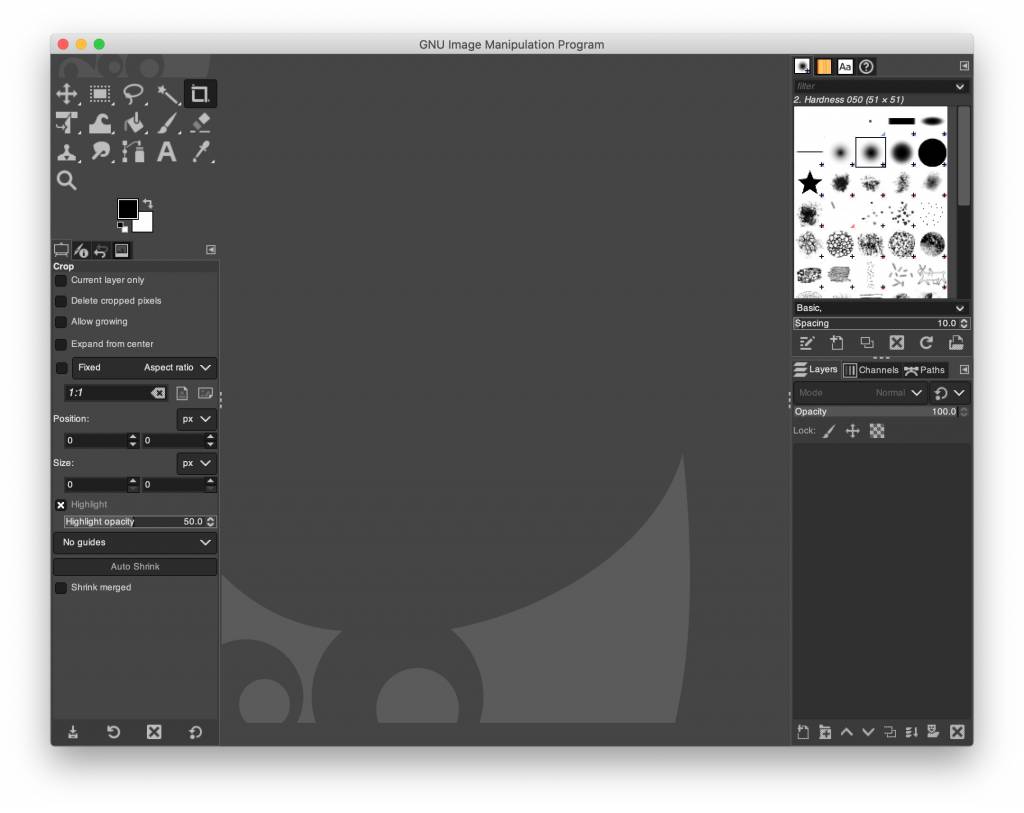
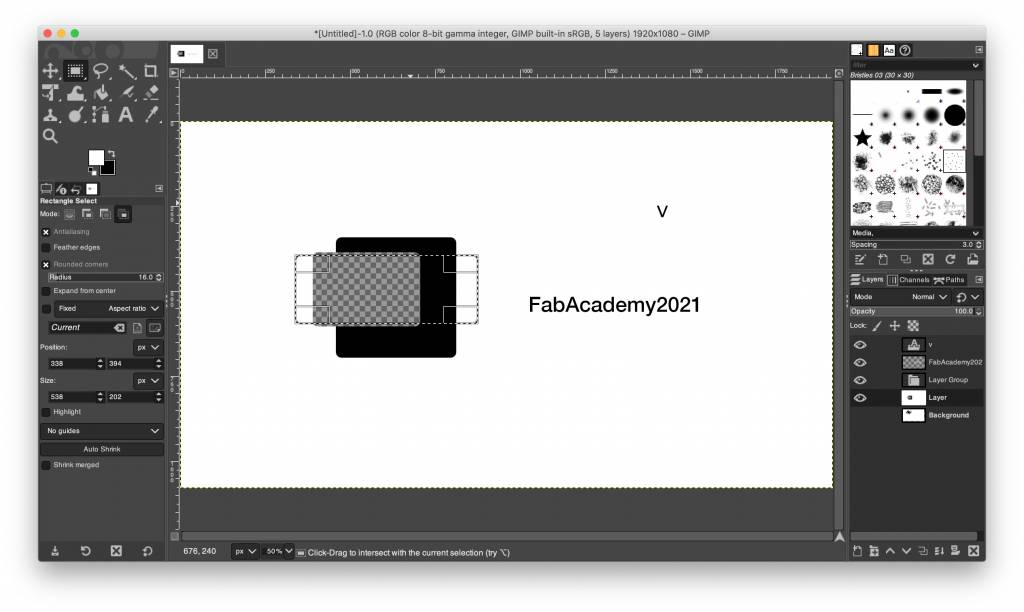


Custom File Save Dialogue. See above.
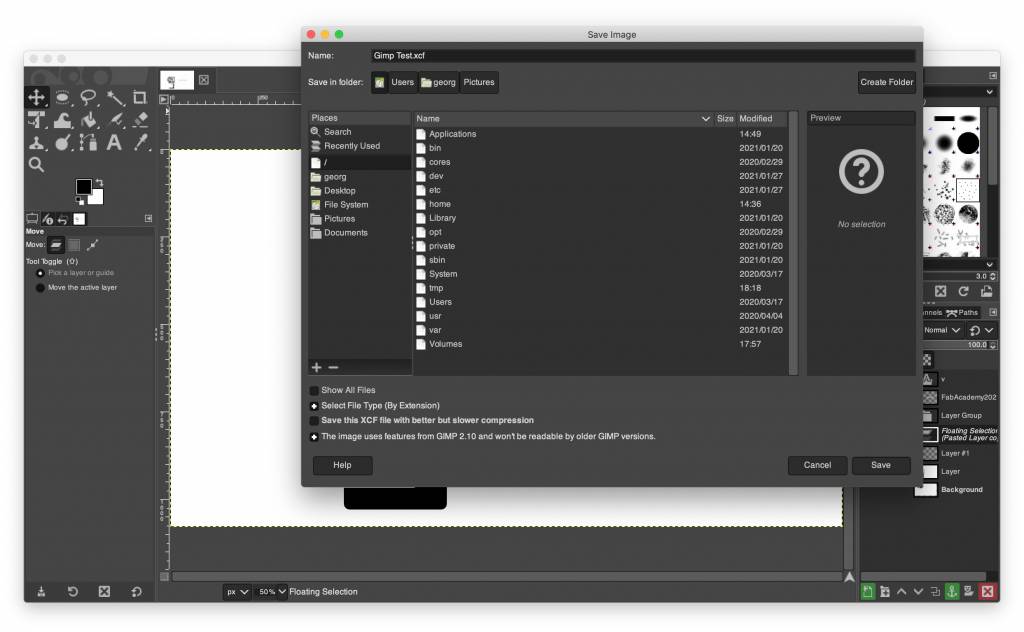
(Triaging...)
Photoshop
I knew Photoshop since Version 3.0, over the years it gained some weight and made some questionably fashion choices. It is no longer the nimble and fast program it was in its youth, but there is still a heart of gold. The shortcuts work, the navigation works.
Start Page
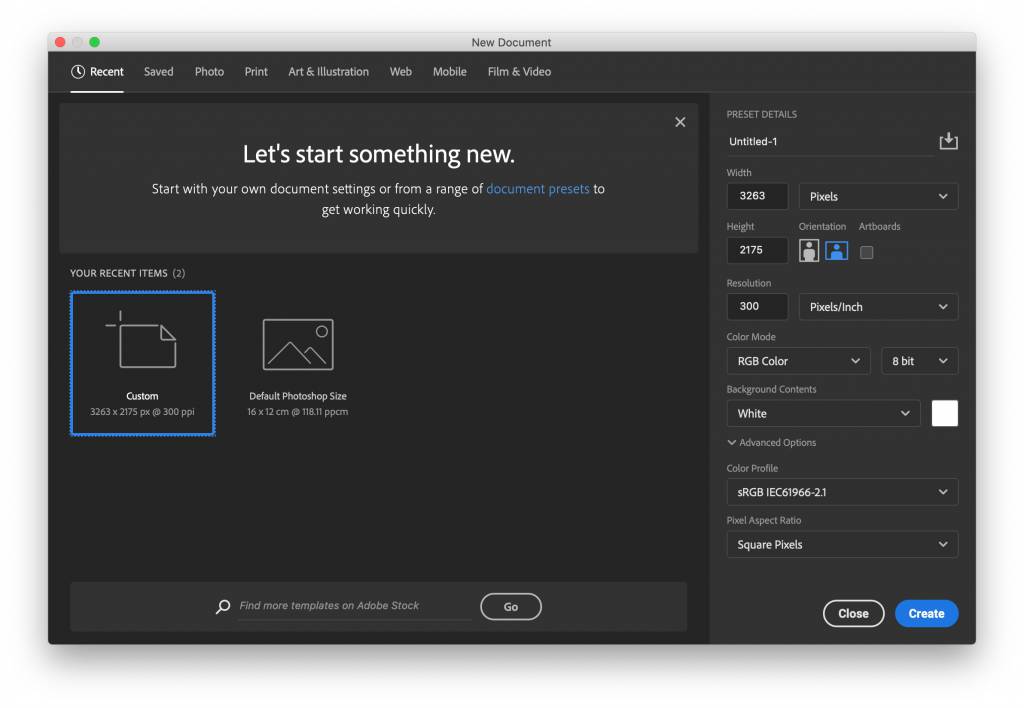
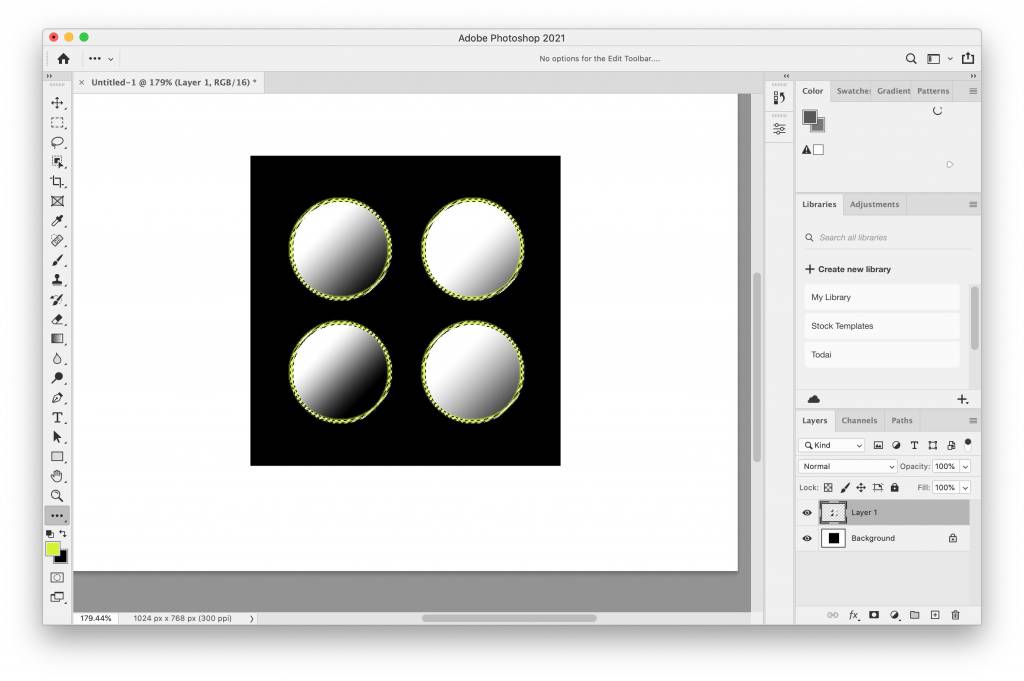
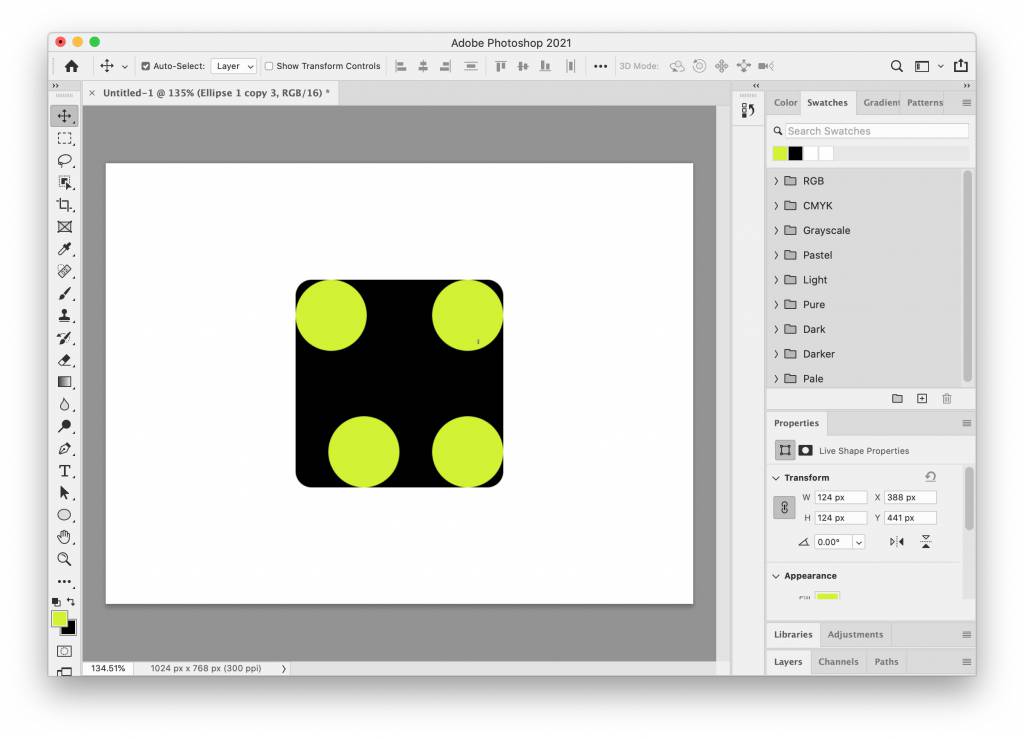

(Triaging...)
MacPaint
As Neil challenged us to try out as many Applications as possible, it also added MacPaint to the list. I worked with in on a Mac SE/30 (my first own computer!), I made an Artist's Book of the Drawings and Illustrations, which I used for the entrance application to art university. It is partly responsible for where I am now. I don't have physical access my Mac SE/30 (it's in deep storage in Austria), but I could find an emulator that runs MacPaint: https://archive.org/details/mac_Paint_2
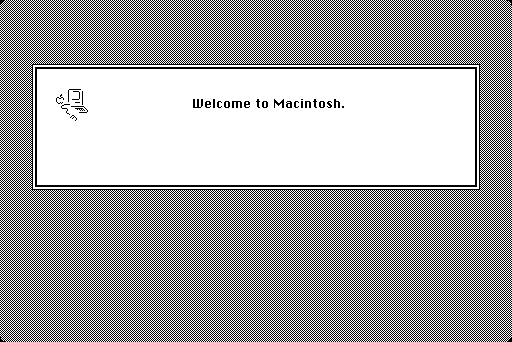
- Screen: 512 x 342
- Black and White only
- No fancy, schmancy stuff like Layers, Channels
- Also this is the computer where I saw my first website. I was wondering why half of the web was completely black back then. (Black text on black background).
I also worked a lot with Deneba Canvas, a mixed Raster and Vector drawing programme, good memories, still need to find an emulator for that.
// install rename
brew install rename
// -n let's you test it
rename -n -e 's/aaa/bbb' *.jpg
// without to -n flag the chances are made
rename -e 's/aaa/bbb' *.jpg
rename -e 's/IMG_([0-9]+)/w4_$1/' *.jpeg
rename -e 's/DSC_([0-9]+)/w4_$1/' *.jpeg
Summary
The tools that want to stick to me, that allow me to work fastest in this age of triage:
-
Autodesk Fusion
-
Illustrator
-
Photoshop
-
The tool I want to stick to FreeCAD, it still a bit hard to commit to it, but I will not give up. It might be a longer journey.
-
MacPaint wins hands-down for making B/W Fullscreen GIF Animations. And for the most fun.
What I learned
I deliberately tried both mainstream and off-beat 2D and 3D application, it what a fun exercise to rush through them. I need to explore and learn Fusion 360 more.
Design with a Purpose
Looking back now, it's quite amazing how much progress I made in 3D modelling. I basically started from zero, I am happy I could design and model the housings for my incubator project.
Fusion 360

More information and files at the Final Project Page.
Gram
Here is also design I made later during FabAcademy with the Gram Language
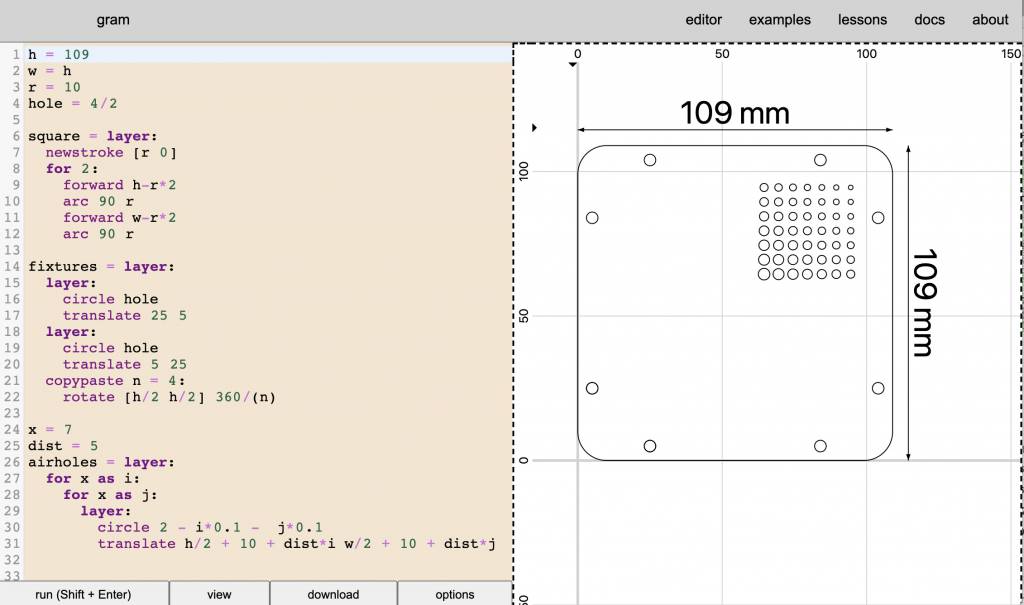
Gram is parametric line drawings language for digital fabrication technologies like laser cutters and CNC mills.
h = 109
w = h
r = 10
hole = 4/2
square = layer:
newstroke [r 0]
for 2:
forward h-r*2
arc 90 r
forward w-r*2
arc 90 r
fixtures = layer:
layer:
circle hole
translate 25 5
layer:
circle hole
translate 5 25
copypaste n = 4:
rotate [h/2 h/2] 360/(n)
x = 7
dist = 5
airholes = layer:
for x as i:
for x as j:
layer:
circle 2 - i*0.1 - j*0.1
translate h/2 + 10 + dist*i w/2 + 10 + dist*jAlso, more detailed information and files at the Final Project Page.